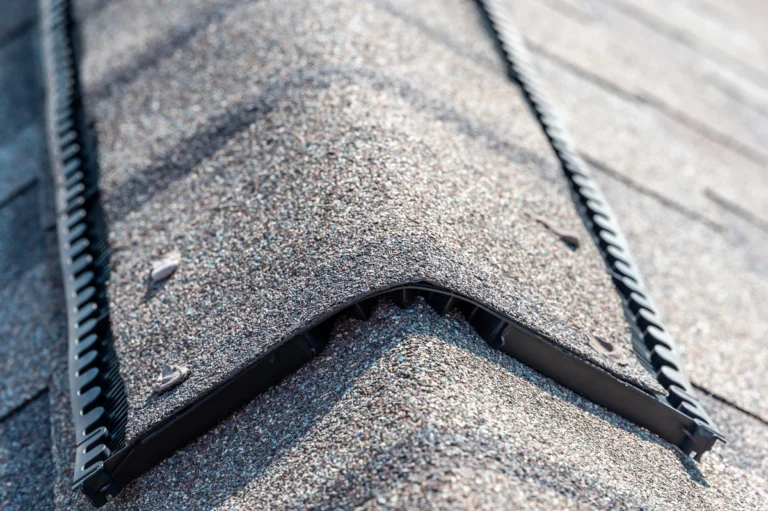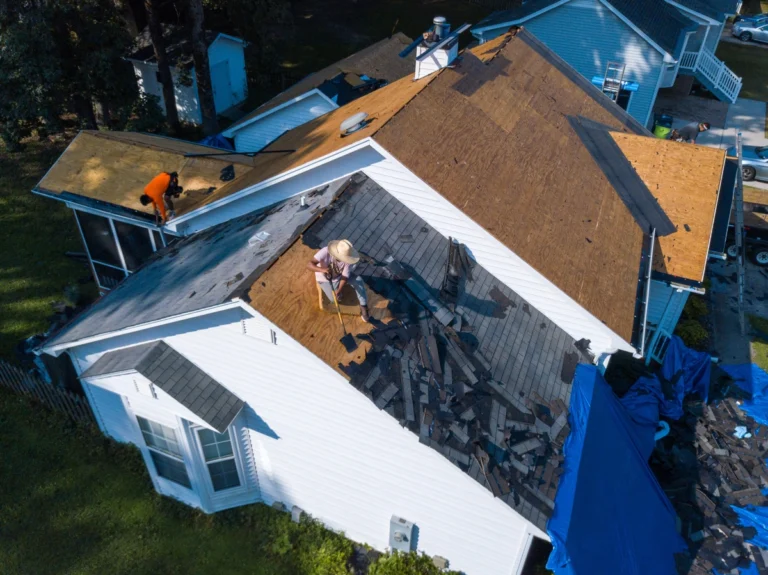We all dread walking on the roof, but it has to be done anyway. Homeowners usually need to walk safely on their roofs when they want to clean gutters, replace shingles, and look for damage. In this article, we will go through every part that needs to be considered when walking on a roof.
Safety Equipment and Precautions
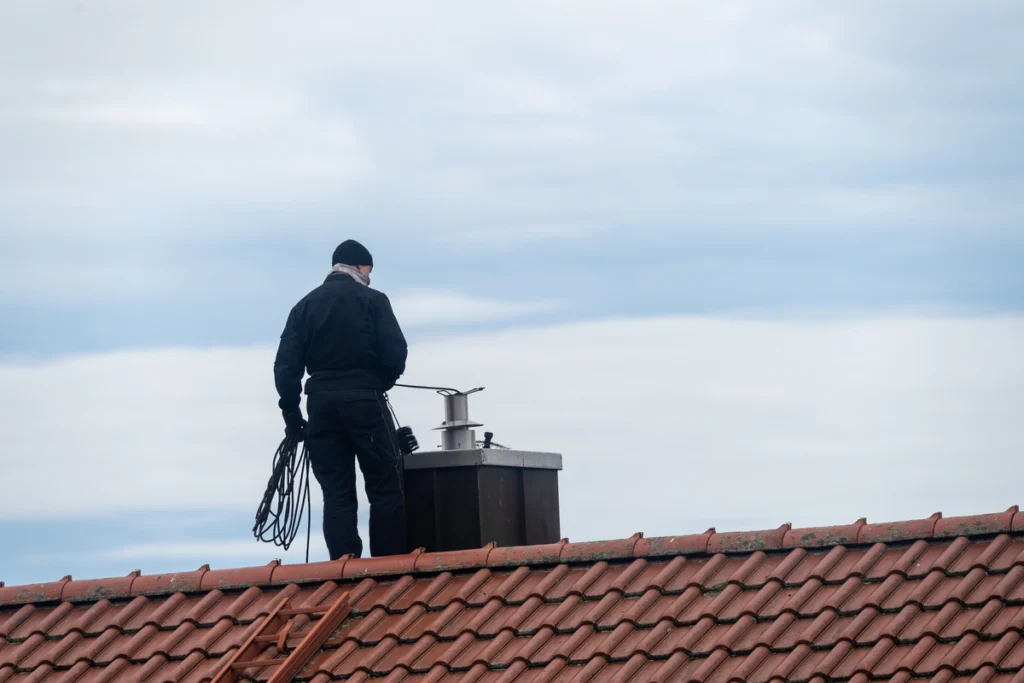
It is dangerous walking on a roof; hence safety precautions must be put into place before one even thinks about walking on the top. Measure you should look into are:
- Wearing footwear with a good grip, like hiking boots that prevent you from slipping on the roof. Avoid walking with soft-soled shoes as it can make you fall.
- Check the weather forecast before. You want to avoid climbing on the roof when it’s wet or icy.
- Consider having a spotter who will spot you, especially on a steep roof.
- You can also use a safety harness if you’re unsure about your protection. This can prevent major falls.
Choosing the Right Time
Climbing the roof at the right time of the day is very important as it protects you from extreme weather conditions. If it’s too hot, the shingles will be too hot to touch, ultimately harming you. Also, if it’s raining too much, a wet roof will be too slippery to walk on.
I recommend walking on your roof early mornings or late afternoons. The shingles won’t be hot while touched when the temperature is cool. This also makes it easier to walk on without toppling over.
Aside from the temperature, you should also factor in the weather conditions before walking on the roof. You can’t walk on a roof when experiencing harsh winds, rain, or snow, as you can harm yourself and the roof.
Your safety and overall roof maintenance must choose the right time of the day. Choose the perfect time when you can ensure you will not fall.
Check for Roof Bracket Damage
To be safe, you must check for roof damage before thinking about walking on a roof. If you walk on a damaged roof, you will quickly fall or damage the roof. Some things you should inspect when checking for roof damage include:
- Loose or missing shingles: They can put you at risk of tripping and allow for water infiltration.
- Cracks in the shingles: This will weaken the roofing structure and lead to leaks.
- Water damage signs like water stains or damp spots in the ceiling.
- Flashing damage: Flashing around vents, chimneys, and skylights should be inspected.
- Sagging roofline: This can weaken the roof’s structure.
If you inspect your roof and see any signs, it’s better to call a professional to look at it and make necessary repairs.
Use a Ladder on a Roof Safely
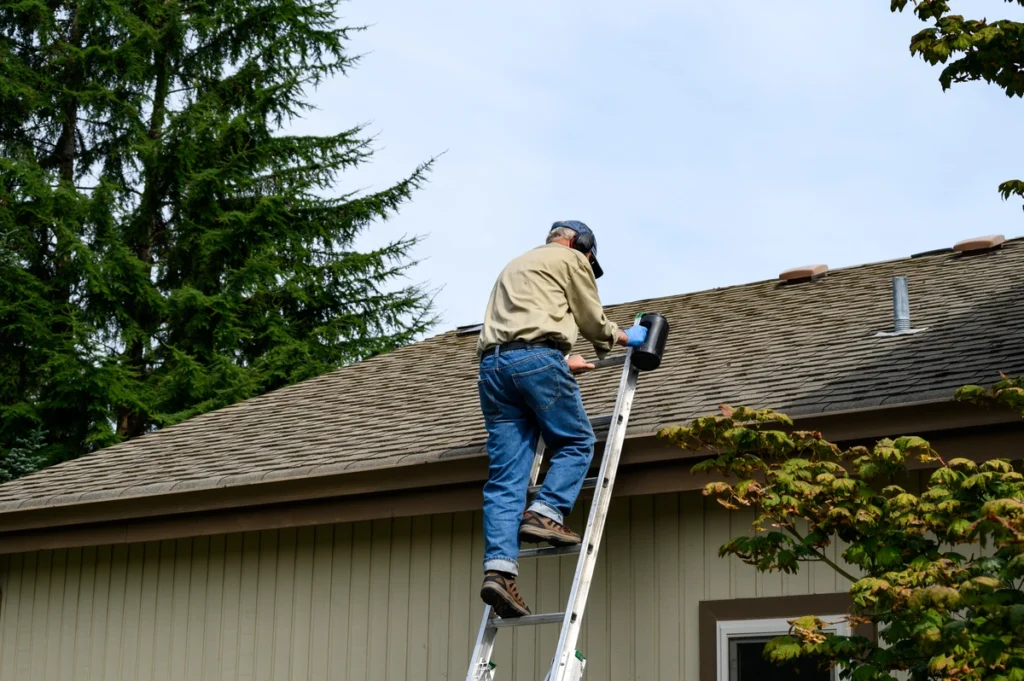
Making use of a ladder is essential when climbing to a roof. It provides stability and safety when climbing without toppling over. However, there are some things you should think about before using it:
- Choose a good ladder. It should be long enough to reach the roof bracket and strong enough to support your weight.
- Position the ladder in the proper position. Make the ladder at an even and safe surface. The surface should be stable enough so the ladder doesn’t topple over.
- Secure the ladder using a stabilizer so that it doesn’t slip.
- Make sure you’re using the ladder correctly.
- Ensure that you have a spotter. They should hold the ladder steady while you climb the ladder.
Distribute Your Weight
Roofs aren’t meant to hold people’s weight. So you need to be able to distribute your weight throughout the entire roof surface. Here’s how you can do that:
- Utilize the balls of your feet and not your heels while walking on a roof.
- Don’t step on the edges of shingles or tiles. This may make them easily break. Walk on the flat part of the shingles instead so that the edges don’t feel pressure.
- Keep your weight at the center by moving from one side to the other while walking.
- You can use a safety harness to offer you more security. For this tip to work, the harness should be securely attached to the roof, and you must ensure that you have it on correctly.
- Don’t move much while walking on the roof to prevent slipping or falling. Make a few well-thought-of steps, and don’t move suddenly, as it can reduce your balance.
Don’t Step on the Ridge
It isn’t recommended to step foot on the ridge while walking on the roof. A ridge is where two sloping sides of the roof converge, usually covered with shingles. They aren’t strong enough to hold your weight.
Placing your weight on it can harm the shingles, weakening the structure. You will also cause harm to yourself as it can decrease your balance and make you slip or fall. If you need to access the ridge part of the roof, use a ladder to climb and avoid directly walking on the ridge. If absolutely necessary, take small steps while walking on it.
However, it’s worth noting that different roof types may have different ridge types that require additional precautions. For instance, a metal roof usually has a more pronounced ridge that is strong enough to be walked on, while a tile roof may have a weaker ridge that requires more care while walking.
Avoid Lean on the Roof
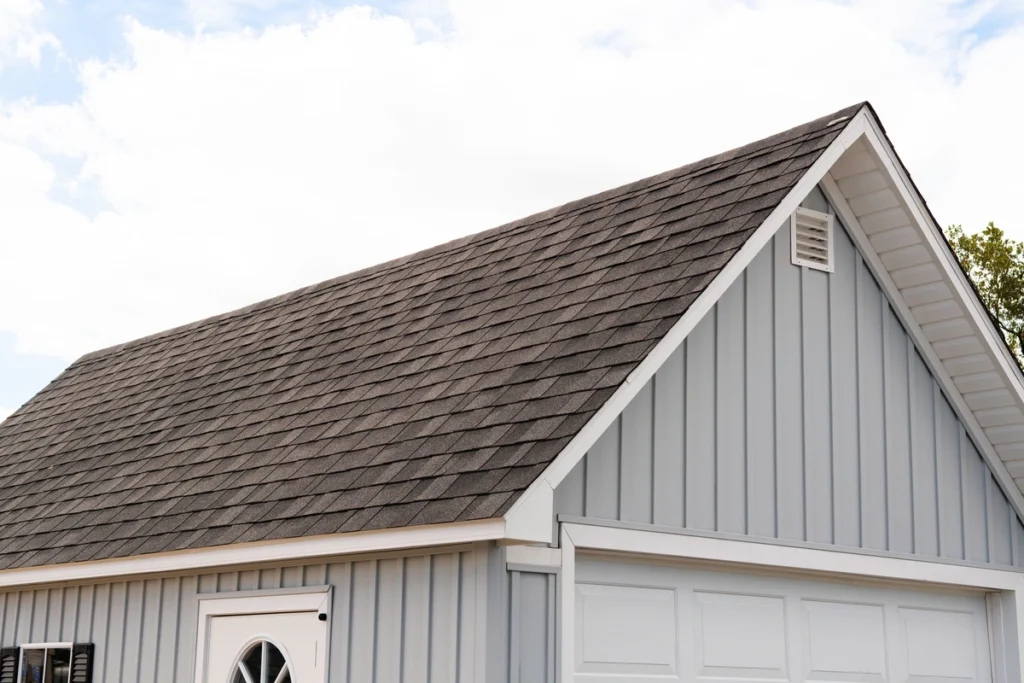
If you lean on the roof, it will put extra weight on specific points of the top and damages those parts only. Putting your weight on one side of the roof may cause misalignment and unevenness in the roof. Since roofs aren’t meant to hold people’s weight, putting extra weight causes extra damage.
To avoid leaning on the roof, use a ladder or a stable surface while working. If the ladder doesn’t reach some part of the roof, use a safety harness while you’re on the roof. You must keep your hands free to avoid leaning when carrying tools and materials. You can do this by wearing a tool belt or any other hands-free storage.
Key Takeaways
Having to walk on a roof can be dangerous. You, however, do it safely if you put into place the proper measures. Wear safety boots with good grip, choose the right time, and distribute your weight evenly to avoid harming yourself and the roof.
If you’re unsure you can walk on your roof safely, you can call a professional roofing professional to look at your roof and repair it. You can trust Sundance Kitchen, Baths, & Exteriors LLC to do that, as it specializes in roof repairs and installation. Reach out today and book a consultation.


